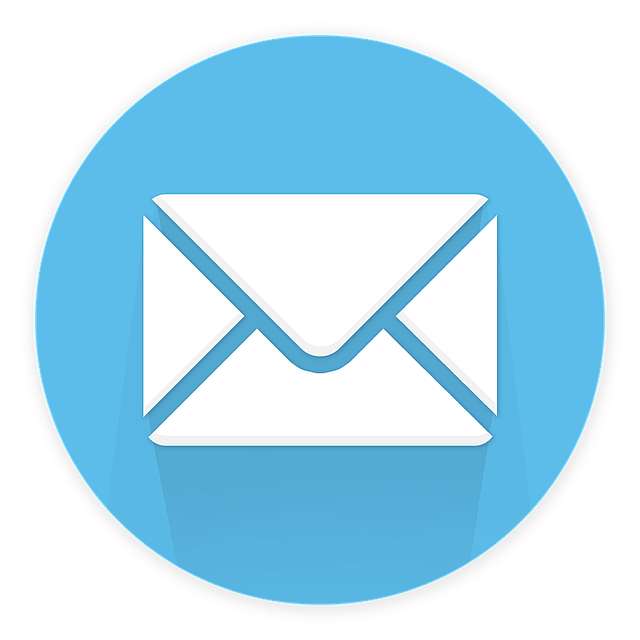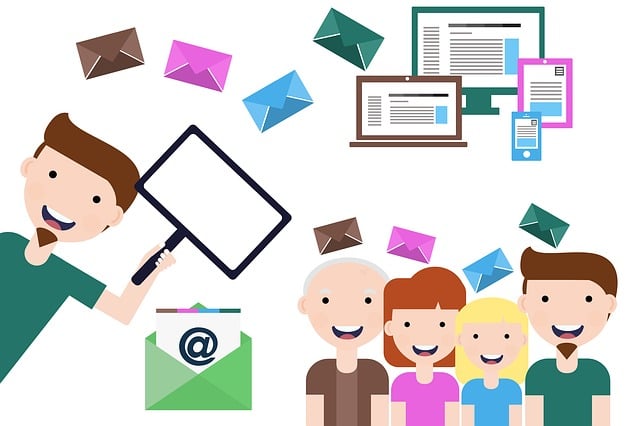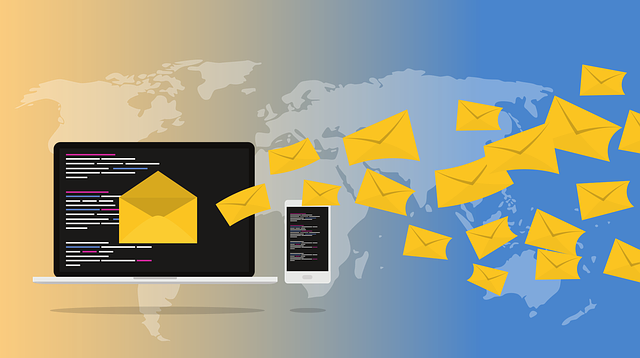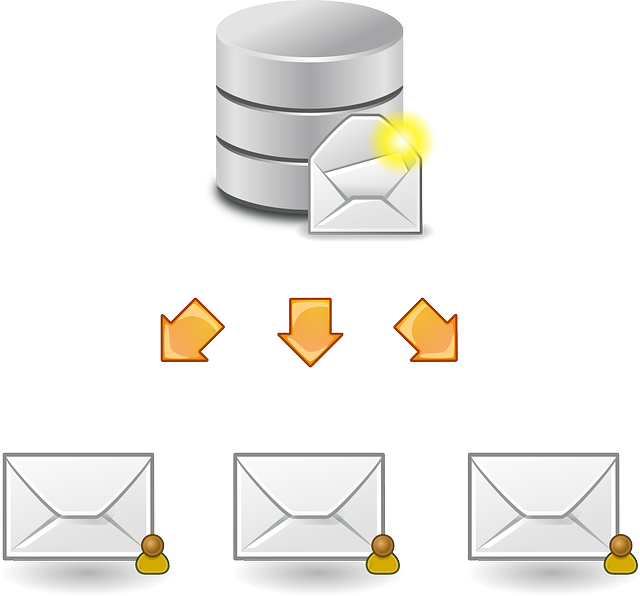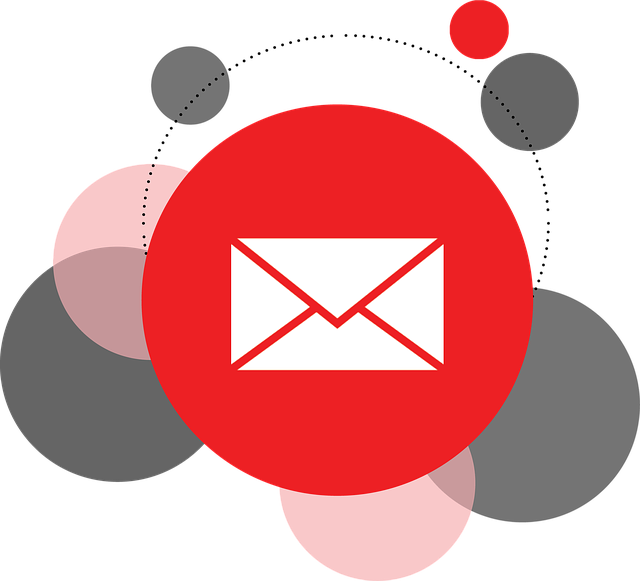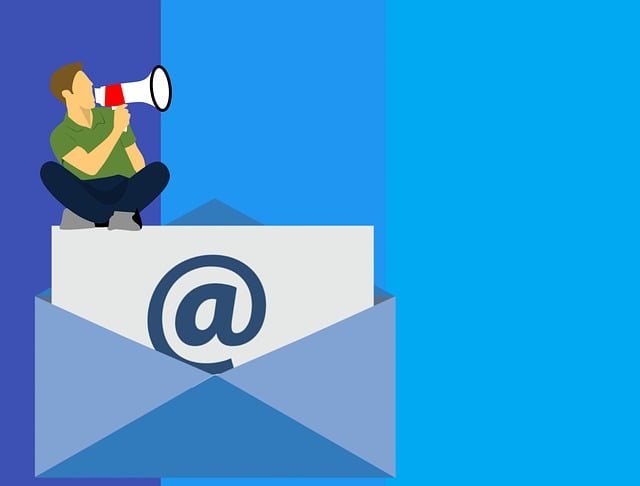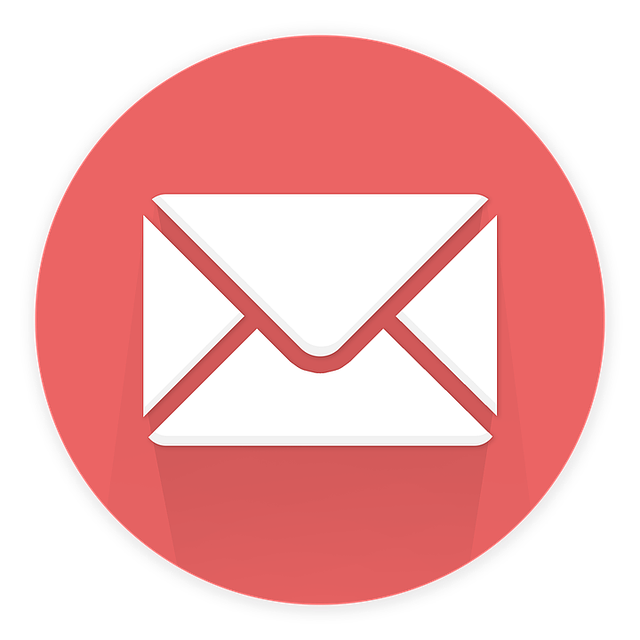Are you tired of your content going unnoticed? Are you struggling to reach your target audience effectively? Look no further! In the world of digital marketing, email remains a powerful tool for promoting your content and gaining valuable exposure.
But, like any tool, it must be wielded with finesse and precision. In this article, we will explore the dos and don’ts of email marketing for content promotion, helping you maximize your impact and achieve your desired results.
Craft subject lines that are as captivating as a siren’s song, enticing your audience to open and engage with your emails.
Segment your email list to ensure your message reaches the right people at the right time.
Personalize your emails, making each recipient feel like the star of the show.
Provide valuable content that leaves your audience hungry for more.
Use clear call-to-actions that guide your readers towards the desired action.
And, most importantly, avoid spamming and overwhelming your subscribers.
So, grab your metaphorical pen and paper, and let’s dive into the world of email marketing for content promotion!
Key Takeaways
- Craft captivating subject lines to increase open rates.
- Segment email lists based on interests or demographics to personalize content.
- Personalize emails by using subscriber’s names and targeting messaging.
- Provide valuable content through engaging visuals and targeted messaging.
Craft Compelling Subject Lines
Crafting compelling subject lines is essential for captivating your audience and increasing open rates. To grab your readers’ attention, use engaging language that piques their curiosity and makes them want to click. A catchy subject line can make all the difference in whether your email gets opened or gets buried in the inbox.
Experimenting with A/B testing can help you find the most effective subject lines for your audience. Test different variations and analyze the results to see what works best.
Once you’ve mastered the art of crafting captivating subject lines, it’s time to move on to the next step: segmenting your email list. By dividing your subscribers into different groups based on their interests or demographics, you can personalize your content and increase the chances of conversion.
Segment Your Email List
When it comes to building your email list, you absolutely have to divide and conquer with laser precision. Effective targeting is key to maximizing the impact of your email marketing campaign.
Here are three reasons why segmenting your email list is crucial:
-
Increased Open Rates: By sending targeted emails to specific segments of your audience, you can tailor your subject lines and content to their interests, increasing the chances of them opening and engaging with your emails.
-
Higher Conversion Rates: Segmenting your list allows you to send more relevant offers and content to each group, increasing the likelihood of conversions and sales.
-
Better Email Analytics: By segmenting your list, you can track the performance of different segments separately, gaining valuable insights into what works best for each group.
By segmenting your email list effectively, you can personalize your emails and create a more engaging experience for your subscribers.
Personalize Your Emails
Make your emails stand out by personalizing them to cater to the specific needs and interests of your subscribers. Effective customization is key to engaging your audience and increasing the chances of conversion.
Start by using your subscriber’s name in the subject line or greeting to create a sense of familiarity. Additionally, utilize the data you have on your subscribers to send targeted messaging that speaks directly to their preferences and behaviors.
Segment your list further based on demographics, purchase history, or engagement levels to deliver content that resonates. By tailoring your emails to individual subscribers, you show that you understand their needs and are committed to providing value.
This personalized approach will help you build stronger relationships and drive better results. As you move forward, remember to provide valuable content that keeps your subscribers engaged and eager to hear from you.
Provide Valuable Content
Delivering valuable content is essential in engaging your audience and driving meaningful results in email marketing. To captivate your readers and leave a lasting impression, consider these four tactics:
-
Engaging visuals: Use eye-catching images and videos to enhance your emails and make them visually appealing. Visual content has the power to grab attention and convey your message more effectively.
-
Targeted messaging: Tailor your content to specific segments of your audience. By personalizing your emails based on their interests, preferences, and behaviors, you can deliver relevant information that resonates with each recipient.
-
Provide exclusive insights: Share valuable knowledge, tips, and industry updates that your subscribers can’t easily find elsewhere. Offering unique content establishes your authority and builds trust with your audience.
-
Offer special promotions: Reward your subscribers with exclusive discounts, early access to new products, or limited-time offers. This not only adds value to their experience but also encourages them to take action.
By incorporating engaging visuals and targeted messaging, you can provide valuable content that keeps your audience eagerly anticipating your next email.
Now, let’s explore how to use clear call-to-actions.
Use Clear Call-to-Actions
Maximize your email’s impact by using clear call-to-actions that compel your audience to take action and experience the benefits firsthand. Design effective visuals that grab attention and guide readers towards your desired action. Use visually appealing buttons or links that stand out and are easy to click on. To further enhance the effectiveness of your call-to-actions, measure campaign performance to understand what works and what doesn’t. Track metrics such as open rates, click-through rates, and conversion rates to optimize your email marketing strategy. Here is a table to illustrate the importance of clear call-to-actions in email marketing:
| Without Clear Call-to-Actions | With Clear Call-to-Actions | Result |
|---|---|---|
| Confused readers | Clear direction | Higher engagement |
| Missed opportunities | Increased conversions | Higher ROI |
| Unclear purpose | Engaged and satisfied | Positive brand image |
By incorporating these strategies, you can increase engagement and drive desired actions from your email recipients. Next, let’s discuss how to avoid spamming and overwhelming your subscribers without losing their interest.
Avoid Spamming and Overwhelming Your Subscribers
To prevent overwhelming your subscribers and avoid being marked as spam, it’s important to strike a balance between providing valuable content and respecting their inbox. Here’s how you can avoid spamming and overwhelming your subscribers:
-
Avoid excessive sending: Bombarding your subscribers with too many emails can lead to irritation and unsubscribes. Instead, focus on sending relevant and timely content that adds value to their inbox.
-
Respect subscriber preferences: Give your subscribers the option to choose how often they receive emails from you. Allow them to customize their preferences and respect their choices. This way, you can ensure that you’re not overwhelming them with unwanted emails.
-
Provide an easy opt-out option: Make it simple for subscribers to unsubscribe from your emails if they no longer wish to receive them. This shows that you respect their decision and can help prevent them from marking your emails as spam.
-
Monitor engagement metrics: Keep a close eye on open rates, click-through rates, and unsubscribe rates. This data can provide insights into how your subscribers are responding to your emails. Adjust your sending frequency and content strategy accordingly to maintain a healthy email marketing campaign.
By following these dos and don’ts, you can maintain a positive relationship with your subscribers and ensure that your email marketing efforts are effective without overwhelming or spamming them.
Frequently Asked Questions
How often should I send emails to my subscribers?
To keep your subscribers engaged, think of email frequency as a delicate dance. You want to find the sweet spot, like a well-timed waltz, where you’re neither overwhelming nor neglecting your audience.
Sending emails too frequently can lead to fatigue, while infrequent communication may cause disinterest. Aim for consistency, but also pay attention to your subscribers’ preferences and behavior.
Strike a balance that keeps them excited to receive your emails without feeling overwhelmed.
What are some effective ways to segment my email list?
To optimize your email marketing strategy, start by segmenting your email list based on specific demographics. This practice allows you to target your content effectively and tailor your messages to the right audience.
By dividing your subscribers into different groups, you can create personalized campaigns that resonate with their interests and needs. This targeted approach increases the chances of engagement and conversions, ultimately maximizing the impact of your email marketing efforts.
How can I ensure that my emails don’t end up in the spam folder?
To ensure your emails don’t end up in the spam folder, focus on email deliverability and email authentication.
Email deliverability refers to the ability of your emails to reach the recipient’s inbox, while email authentication adds credibility to your emails.
Implement best practices like using a reputable email service provider, avoiding spam trigger words, personalizing your emails, and regularly monitoring your email deliverability rates.
By doing so, you can increase the chances of your emails reaching the intended audience’s inbox.
Is it necessary to include personalization in every email?
Including personalization in every email has its pros and cons. On one hand, it can make your emails feel more tailored and engaging, increasing the chances of recipients opening them. It can also improve click-through rates by providing relevant content.
However, personalization requires collecting and analyzing data, which can be time-consuming and may raise privacy concerns. It’s important to strike a balance and use personalization strategically to maximize its impact on open rates and click-through rates.
What are some examples of valuable content that I can include in my emails?
Including valuable content in your emails is crucial for effective email marketing. By providing relevant and informative content, you can engage your audience and increase the chances of conversion.
Some examples of valuable content include:
- Educational articles
- Industry insights
- Case studies
- Exclusive offers
Make sure to optimize your email subject lines, as they play a vital role in grabbing your recipients’ attention and enticing them to open your emails. Following email marketing best practices and focusing on the importance of email subject lines can significantly improve your email campaign’s success.
Conclusion
In conclusion, implementing these dos and don’ts of email marketing for content promotion will greatly enhance your success rate. By crafting compelling subject lines and segmenting your email list, you’ll capture the attention of your subscribers and increase open rates.
Personalizing your emails and providing valuable content will foster a sense of connection and loyalty. Additionally, using clear call-to-actions will drive engagement and conversions. However, some may argue that email marketing is too time-consuming. But remember, the rewards of a well-executed email campaign far outweigh the effort.
So, don’t miss out on the opportunity to engage with your audience and drive your content forward. Start implementing these strategies today and watch your content promotion soar!

